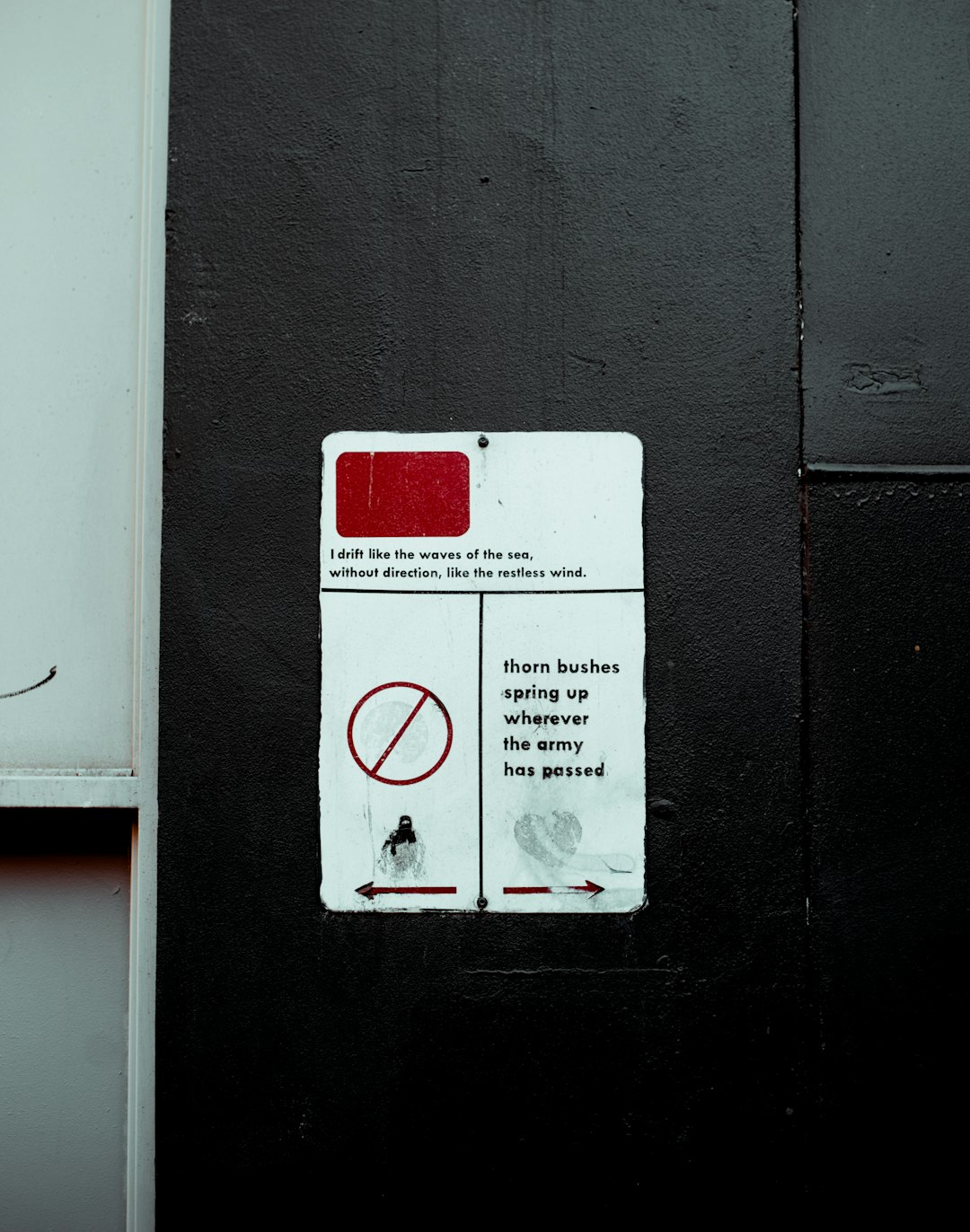Imagine trying to manage the keys to a giant building. You wouldn’t want to give everyone a key to every room. That would be chaos! Instead, people get access only to the rooms they need. This simple idea is the heart of Role-Based Access Control, or RBAC. Let’s unpack how RBAC works and how it can make your digital life simpler — and safer!
What is Role-Based Access Control?
Table of Contents
RBAC is a system that controls who can access what in a network, app, or system. Instead of giving permissions to each person, you give them a role. Each role has a set of permissions.
Here’s a quick example:
- Admin: Can do everything — add users, delete data, change settings.
- Manager: Can view and edit reports but not change settings.
- Employee: Can view their own files but not others’.
When Joe joins the team as a manager, you just assign him the “Manager” role. Done. Easy!

Why Bother With RBAC?
You might ask, “Can’t I just give people permissions directly?” Sure, you could. But the more people and permissions you have, the harder it is to track.
Here’s why RBAC is better:
- Saves Time: Set up roles once and reuse them.
- Reduces Risk: People only get access to what they need.
- Scales Well: Works great for teams of 10 or 10,000.
- Audit-Friendly: You can see who has access and why.
How to Build Your Own RBAC System
No need to be a coding wizard. Even small teams can set up a simple RBAC system. Here’s a step-by-step:
- List Resources: What things need protection? Files, tools, dashboards?
- Define Permissions: What actions can users take? Read, write, delete?
- Create Roles: Group permissions into logical roles (e.g., Admin, Reader).
- Assign Users: Match users with the right role.
Think of it like giving people tools — you don’t hand a chainsaw to someone who only needs a wrench.
Tips for Making RBAC Easy to Maintain
So, you’ve got roles set up. How do you make sure it stays manageable? Follow these golden tips:
- Keep Roles Few and Focused
Don’t create a new role for every person. Instead, reuse roles. Stick to what’s needed. - Document Everything
Write down what each role can do. Future-you will thank you later. - Review Regularly
Check roles and permissions every few months. Remove what’s no longer needed. - Avoid Role Explosion
Adding a new role for every use case leads to chaos. Be selective!

Good RBAC Is Like Good Plumbing
You don’t want too much water in the wrong place. The same is true with access. Too many permissions? Risk of leaks. Not enough? People can’t work.
RBAC acts like a system of valves and pipes, directing access smoothly and securely.
Common Pitfalls to Watch Out For
Even a good system can turn messy over time. Here are a few common RBAC mistakes:
- Too Many Custom Roles
You created “Junior Admin”, “Trainee Manager”, “Intern Admin”… Stop. Consolidate those roles! - Outdated Assignments
People leave or change roles. Make sure you remove their access when they do. - Giving Everyone Admin Access
It may seem easier. It’s also a terrible idea. Resist!
Keep it tidy, and you’ll avoid these traps.
RBAC vs. Other Access Systems
You might’ve heard of Attribute-Based Access Control or even Discretionary Access Control. Let’s compare!
- RBAC: Based on what your role is. Perfect for teams.
- ABAC: Based on rules like time of day, location, device.
- DAC: The resource owner decides who gets access.
RBAC is easier to understand and more consistent. That’s why it’s a favorite for most businesses.
RBAC in Real Life
Let’s say you run an online bookstore. You’d have roles like:
- Customer: Can browse and buy books.
- Warehouse Staff: Can view orders and update shipment status.
- Admin: Can add books, promote discounts, and view all data.
Each team member gets their role. No more, no less. RBAC keeps things clean and secure.
Fun Fact: Even Video Games Use RBAC
In online games, players might have roles like:
- Player: Basic access, play the game.
- Moderator: Can mute others, enforce rules.
- Admin: Can ban people, change settings.
So yes — RBAC even helps manage trolls!
RBAC + Everyday Tools
Many popular services already use RBAC:
- Slack: Allows you to make someone an owner, admin, or member.
- Google Workspace: Admins control what users can access.
- AWS IAM: Role-based access for cloud resources.
You don’t need to reinvent the wheel. Modern tools understand the value of roles.
Conclusion: Keep It Simple, Keep It Safe
RBAC doesn’t need to be scary. Think of it as your digital bouncer — only the right people get in.
To recap:
- Assign roles, not individual permissions.
- Keep roles fewer and well-documented.
- Review regularly and avoid permission creep.
With RBAC, security isn’t a burden — it’s built-in.
Start simple. Grow smart. And remember — in the world of access control, less is often more!

